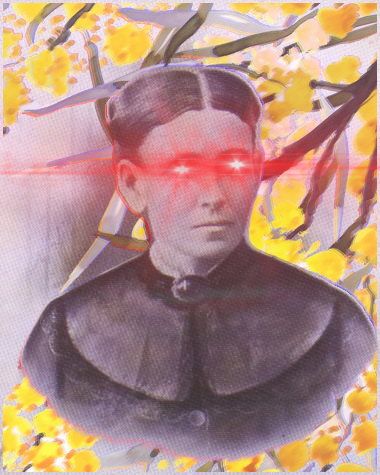- cross-posted to:
- chapotraphouse@hexbear.net
- cross-posted to:
- chapotraphouse@hexbear.net
While I thought the protests against Narita Airport were unsuccessful, that is not entirely true. In fact, only 1 out of 3 planned runways have been fully built. While the airport is still trying to expand, resistance occurs even today.
To a bystander, this may look like a finished airport. It has a runway and terminals.
However, one might notice that that top runway is significantly shorter than the bottom one, and that the taxiways look a little off. This is one of the first signs that this airport was built against armed struggle.
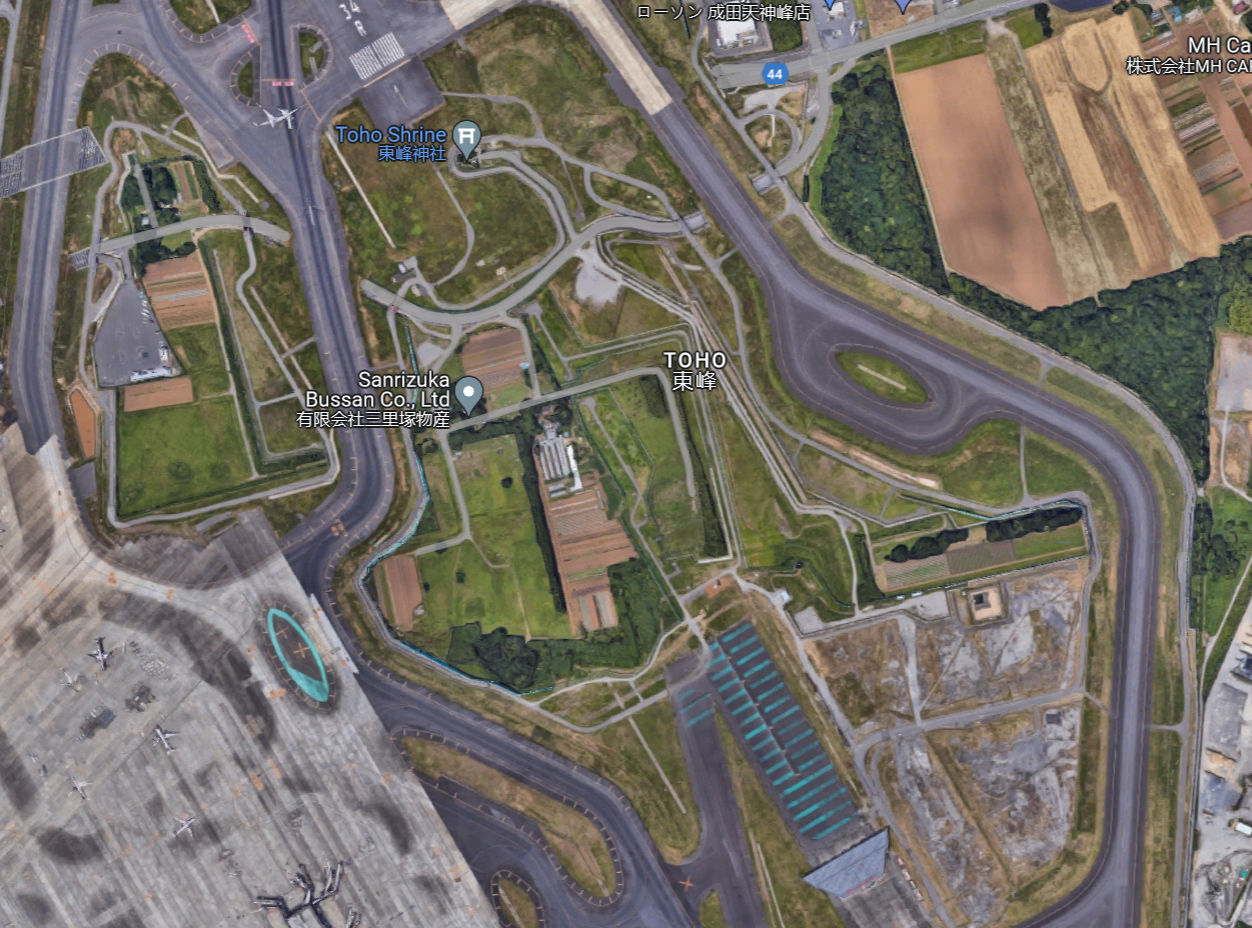 There is much more to see. The second runway was meant to be longer, but was blocked by a shrine and a farmer who refused to leave. Today, he still farms in the middle of the taxiway, which had to be built around the farm. Sanrizuka Farm continues to produce carrots today.
There is much more to see. The second runway was meant to be longer, but was blocked by a shrine and a farmer who refused to leave. Today, he still farms in the middle of the taxiway, which had to be built around the farm. Sanrizuka Farm continues to produce carrots today.
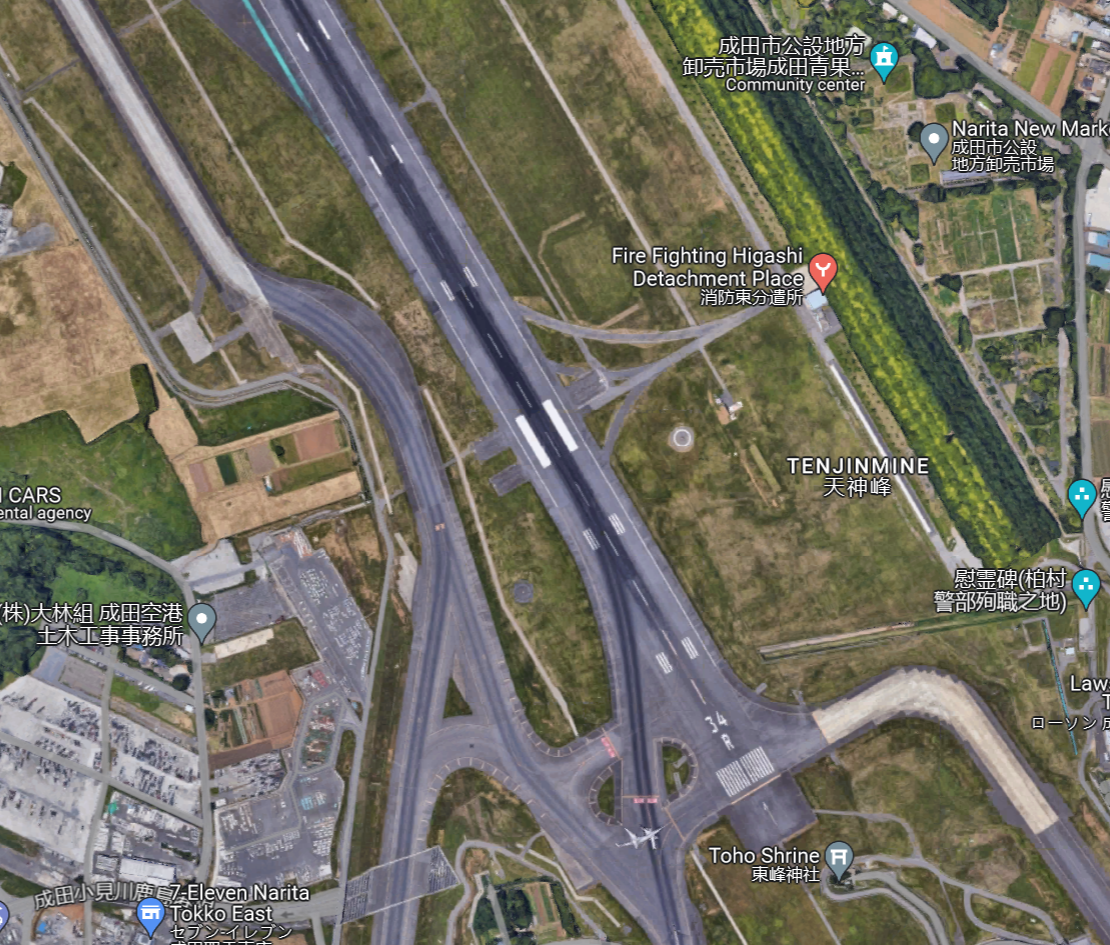 Here’s another taxiway deviation.
Here’s another taxiway deviation.
Most importantly, the third runway was successfully blocked entirely. It would have been between the two runways, acting like a partial trapezoid. The third runway was blocked by a tower erected by residents called the Yokobori Pillars. This tower was destroyed recently, but the base remains, and like the shrine and the farm, appears to be publicly accessible. 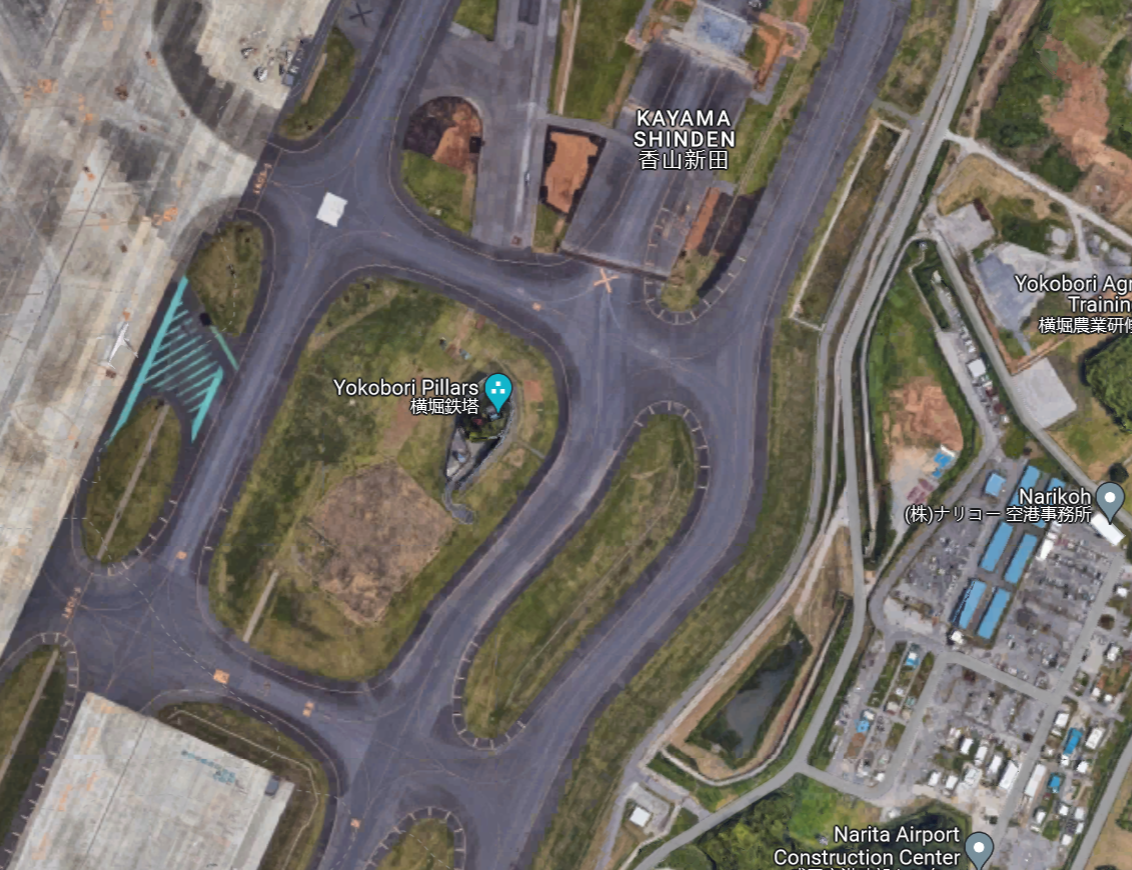
A house also blocks the runway, with the taxiway being built around it.
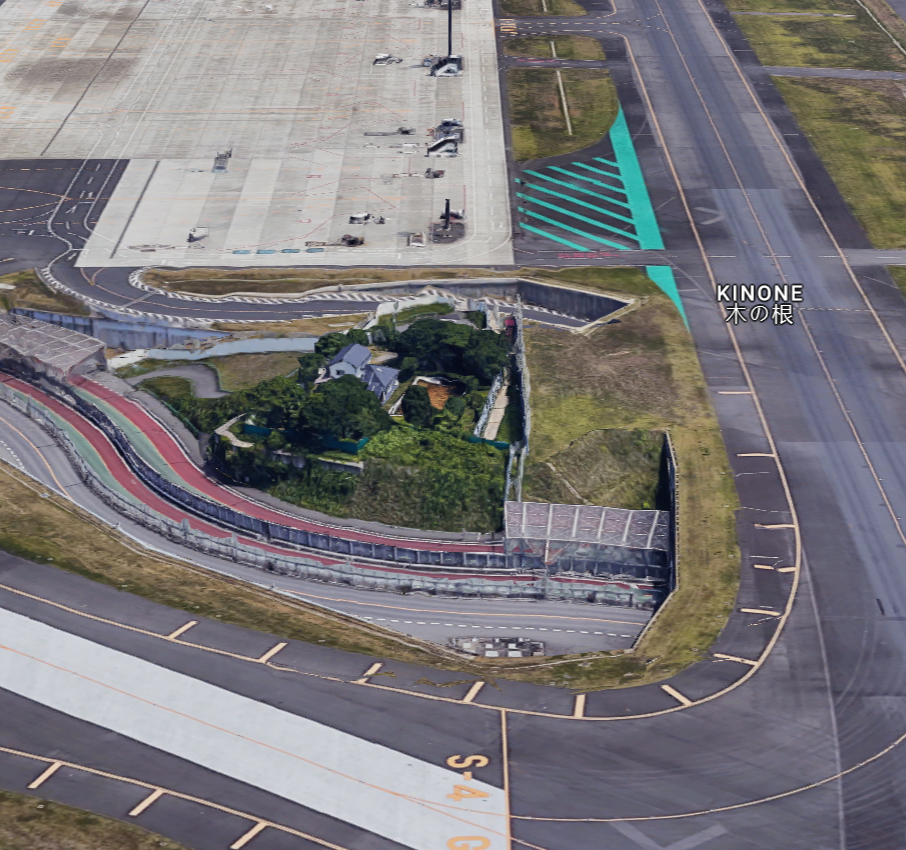
Even now, the airport is still heavily guarded by police and there have been several guerilla attacks since opening. I have heard rumors through translated comments that if you visit some of these locations you wind up on a watchlist.
thanks for the write up comrade!
there’s lots of good footage from protests at the airport, here’s a short one
I found a YouTube link in your comment. Here are links to the same video on alternative frontends that protect your privacy:


